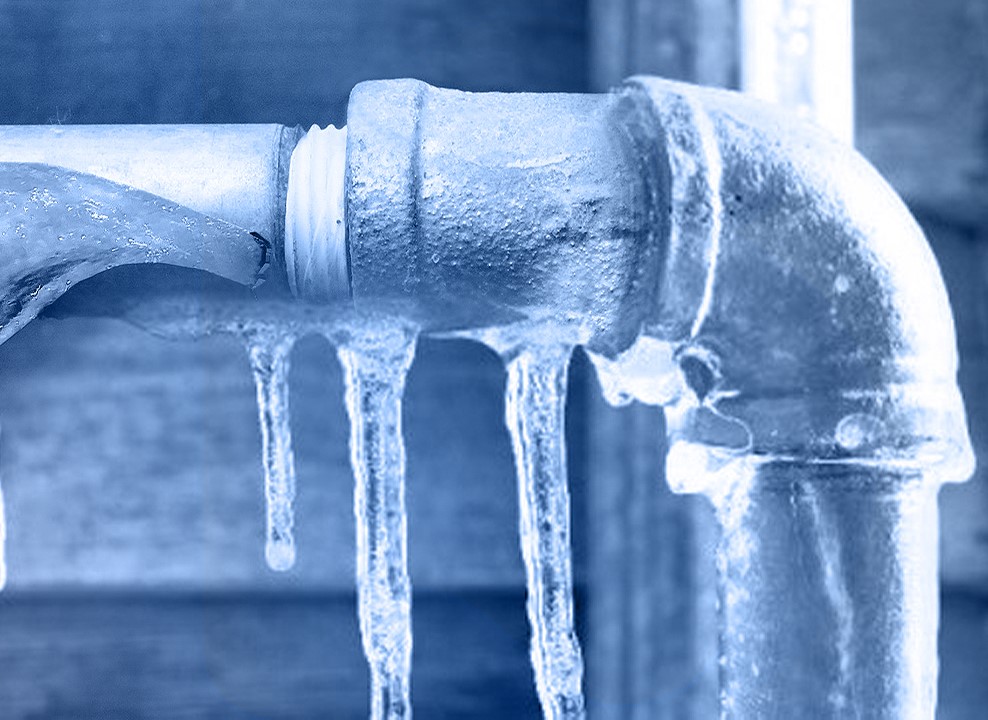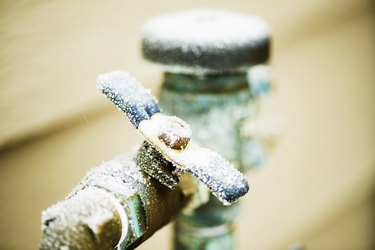Preventing Frozen Pipes: Effective Methods for Winter
Preventing Frozen Pipes: Effective Methods for Winter
Blog Article
What're your opinions on Winter Plumbing Precautions: Preventing Frozen Pipes?

Winter can damage your pipes, specifically by freezing pipelines. Right here's exactly how to stop it from occurring and what to do if it does.
Introduction
As temperature levels decline, the risk of icy pipelines increases, possibly leading to costly repairs and water damages. Recognizing exactly how to avoid frozen pipelines is vital for house owners in chilly climates.
Avoidance Tips
Protecting vulnerable pipelines
Wrap pipelines in insulation sleeves or utilize warmth tape to secure them from freezing temperatures. Concentrate on pipelines in unheated or outside locations of the home.
Heating methods
Maintain interior areas adequately heated up, specifically areas with plumbing. Open closet doors to enable warm air to flow around pipes under sinks.
Exactly how to recognize icy pipes
Look for decreased water circulation from faucets, uncommon smells or noises from pipelines, and visible frost on revealed pipes.
Long-Term Solutions
Architectural adjustments
Consider rerouting pipes away from outside wall surfaces or unheated areas. Add extra insulation to attic rooms, cellars, and crawl spaces.
Updating insulation
Buy top quality insulation for pipes, attic rooms, and walls. Proper insulation aids keep constant temperatures and lowers the danger of frozen pipelines.
Safeguarding Exterior Plumbing
Yard pipes and outdoor taps
Separate and drain yard hose pipes prior to winter. Set up frost-proof spigots or cover exterior faucets with protected caps.
Understanding Frozen Pipelines
What causes pipes to ice up?
Pipelines freeze when exposed to temperature levels listed below 32 ° F (0 ° C) for extended durations. As water inside the pipelines freezes, it broadens, taxing the pipe walls and possibly creating them to burst.
Dangers and problems
Icy pipelines can lead to water disturbances, residential property damages, and expensive repair work. Burst pipes can flooding homes and create considerable architectural damages.
Indications of Frozen Pipeline
Determining frozen pipelines early can avoid them from bursting.
What to Do If Your Pipelines Freeze
Immediate actions to take
If you suspect icy pipes, maintain taps open up to alleviate pressure as the ice thaws. Use a hairdryer or towels taken in warm water to thaw pipes gradually.
Verdict
Avoiding frozen pipes requires proactive steps and fast reactions. By understanding the reasons, indications, and safety nets, house owners can safeguard their pipes throughout cold weather.
5 Ways to Prevent Frozen Pipes
Drain Outdoor Faucets and Disconnect Hoses
First, close the shut-off valve that controls the flow of water in the pipe to your outdoor faucet. Then, head outside to disconnect and drain your hose and open the outdoor faucet to allow the water to completely drain out of the line. Turn off the faucet when done. Finally, head back to the shut-off valve and drain the remaining water inside the pipe into a bucket or container. Additionally, if you have a home irrigation system, you should consider hiring an expert to clear the system of water each year.
Insulate Pipes
One of the best and most cost-effective methods for preventing frozen water pipes is to wrap your pipes with insulation. This is especially important for areas in your home that aren’t exposed to heat, such as an attic. We suggest using foam sleeves, which can typically be found at your local hardware store.
Keep Heat Running at 65
Your pipes are located inside your walls, and the temperature there is much colder than the rest of the house. To prevent your pipes from freezing, The Insurance Information Institute suggests that you keep your home heated to at least 65 degrees, even when traveling. You may want to invest in smart devices that can keep an eye on the temperature in your home while you’re away.
Leave Water Dripping
Moving water — even a small trickle — can prevent ice from forming inside your pipes. When freezing temps are imminent, start a drip of water from all faucets that serve exposed pipes. Leaving a few faucets running will also help relieve pressure inside the pipes and help prevent a rupture if the water inside freezes.
Open Cupboard Doors
Warm your kitchen and bathroom pipes by opening cupboards and vanities. You should also leave your interior doors ajar to help warm air circulate evenly throughout your home.

Do you enjoy reading about 6 Ways to Prevent Frozen Pipes? Try leaving a short review directly below. We would be happy to see your views about this post. We are looking forward that you come back again in the future. If you enjoyed reading our blog posting if you please do not forget to pass it around. I treasure your readership.
Call Today Report this page